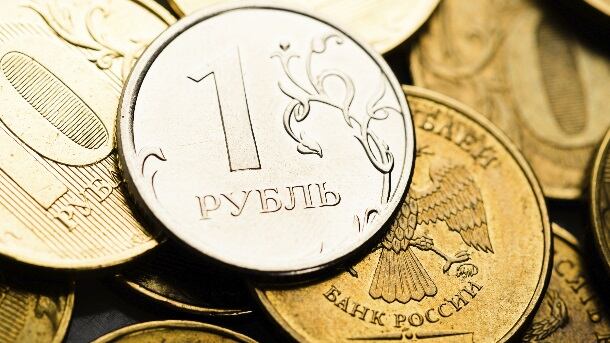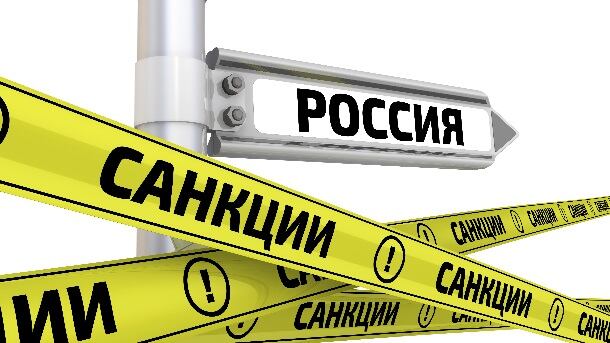DairyReporter took the opportunity recently to ask Oleynik about the state of the dairy industry in Russia.
DairyReporter: What is the current state of the Russia dairy market, with respect to the balance between imports and exports?
Andrey Oleynik: In 2015, Russia produced 30.7m tons of milk or 6% of the world’s total raw milk output. The country’s self-sufficiency level reached 74-75% while Russian Food Security Doctrine puts a benchmark at 90%.
Steady growth of dairy imports from 2012–2014 stalled in 2015, reaching 246,400 tons worth $171.1m. It is an 18% decrease compared to the same period a year before.
Russia’s dairy export is relatively small and mainly targets Kazakhstan and other CIS states. In 2015, Russia exported 658,000 tons of dairy products, a 7% fall year-on-year. The total dairy export is estimated at $246m.
DR: How self-sufficient is the Russian dairy industry?
"As a result of falling purchasing power, counterfeit dairy products are flooding the market."
Andrey Oleynik
AO: Russia’s self-sufficiency level with regards to both imported and homemade milk and dairy products is growing because of shrinking effective demand. The dairy industry is one of the most import-dependent on the Russian food market.
Self-sufficiency level in milk and dairy products is poised to reach 75-82%. However this level is achieved not because of the decrease in import dependence but due to the overall decline in milk and dairy products consumption amid falling incomes of the population. As a result of falling purchasing power, counterfeit dairy products are flooding the market.
In 2015, the milk shortage in Russia reached 8.2m tons, according to the Center for the Study of Dairy Market of Russia’s leading dairy industry media The DairyNews.
DR: What has currency volatility meant to the market?
AO: Currency volatility and the cheap ruble made private investors incapable of funding large investment projects because of high interest rates and the long payback period of such projects. Prime costs of milk production and processing have significantly increased, following the ruble’s devaluation and expensive loans, while the income of producers has dropped. The raw milk price is still relatively low at 22 rubles ($0.30) per liter, meanwhile, the prime cost of milk production has increased by at least 30-40%.
High interest rates made credit unavailable and stalled investment projects. As a result of it, the majority of dairy production facilities built and upgraded within the last few years are teetering on the edge of breakeven level.
Kuban agroholding, the largest agribusiness in southern Russia, also reviewed its investment plans in 2015 but its dairy farm expansion project is still in force. The company unites 10 dairy farms with 17,253 cows. Kuban is among the top three suppliers of raw milk to dairy producers in southern Russia. The latest 800-cow dairy farm at Kuban agroholding was launched in late 2015. The project was funded by Russia’s largest bank Sberbank. In 2015, Kuban ramped up its milk output by 20%, to 61,500 tons.
In order to make dairy import substitution campaign feasible, raw milk output should be increased. But in a crisis-hit economy, it can only be done with the help of government subsidies. Investment projects selected by the Ministry of Agriculture in 2015 will allow substitution of 6% of import volumes (9.1 thousand tons in 2014).

DR: What are the major challenges facing the Russian dairy industry currently?
AO: The monetary policy of the Russian Central bank that keeps a key rate at a prohibitive 11% level is one of the major challenges that affects all industries, not only the dairy sector.
Milk production has had difficult times with no clear prospects of growth. It is affected by numerous factors including ruble devaluation, the falling purchasing power of Russia’s population, a lack of investment, increased interest rates for milk producers, doubled prices of imported equipment, veterinary drugs and feed supplements. The dairy sector is also in dire need of clear technical standards as the consumers have the right to know qualitative characteristics of the products.
The Russian government will funnel 29bn rubles ($446m) to support milk production in 2016, it is 12.5% of the 2013-2020 state program’s budget aimed at agricultural industry development.
One more challenge Russian dairy industry faces is volatile, season-dependent prices of raw milk. Milk processing companies traditionally have surpluses in summer and deficit in winter, which eventually affects the prices.
The Russian Ministry of Economic Development, however, expects recovery of investments in 2017-2018. Among the factors that are expected to boost the economy is the decrease of inflation from 12.2% in 2015 to 6.4% in 2016, an increase in capacity load of processing industries, and cutting dairy imports, as well as the recovery of consumer demand because of the growing purchasing power of the population.
A key factor behind the success of dairy sector at Kuban agroholding is the growing dairy herd with the help of Holstein’s embryo transfer technology. Since the beginning of the project in 2014, 478 transplant calves were born, including 233 heifers. The next animal yield is expected in July-August. Kuban agroholding is actively working to improve technology of selecting embryos to maximize a number of heifers and minimize bull calves. By 2017, the company’s dairy herd will decrease by 5% to 8,270 heads of cattle while the milk output will not change. A decrease of dairy livestock will be offset by growing milk yield that will reach up to 7.2 tons from one cow.
DR: Can foreign investors or companies set up in Russia?
AO: We see that foreign investors are highly interested in Russia’s agribusiness. For example, Vietnamese, Chinese as well as European companies have already voiced plans to invest in Russia’s dairy industry. Several regions including Kaluga, Belgorod and Far East actively attract foreign investors to their agricultural projects. Over 50% of raw milk produced in Russia is purchased by Russian branches of Danone, Unimilk and Wimm-Bill-Dann, which produce 40% of the total amount of milk products (2013 data).
DR: What is the relationship like with neighbouring countries with respect to dairy imports and exports?

AO: The import structure of dairy products significantly changed after a 2014 ban on US and EU food introduced by the Russian government. Currently, Belarus remains a main supplier of dairy goods to Russia. In 2014, 52% of dairy products were Belarusian imports, while in 2015 this figure reached 85%.
Among other importers are Uruguay (3% of the Russia dairy market, mainly butter), Argentina (3%), New Zealand (2%), Kazakhstan (less than 1%), Serbia, Armenia, and others.
Belarus, as the main importer, is also a strong competitor with Russian local dairy producers. Following Belarus’ move to raise export prices in February 2016, Russian local producers have also become more competitive.
DR: Are there any major product trends in the Russian market, for example low fat, reduced sugar, Greek yogurt, high protein, etc.?
AO: A major product trend is related to the ongoing economic downturn. Consumers prefer cheaper products as they can’t afford expensive cheeses and natural butter. According to a survey by Russian national pollster VTsIOM held in December 2015, 34% of Russians have been buying cheaper dairy products in the previous six months.
Another trend that follows from the previous one, is that Russians consumed more whole milk products(0.3% increase) and cottage cheese (2.8% increase) while consumption of cheese and butter declined by 1.9% and 3.3% respectively. At the same time, consumption of cheap cheese analogues has risen by 51% since pre-crisis 2013.
